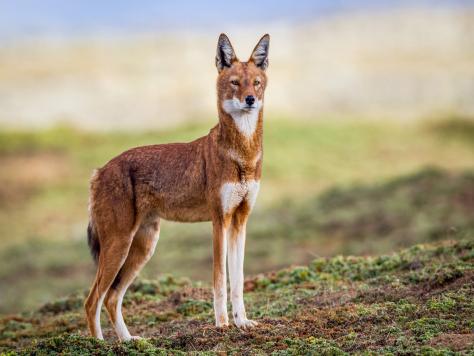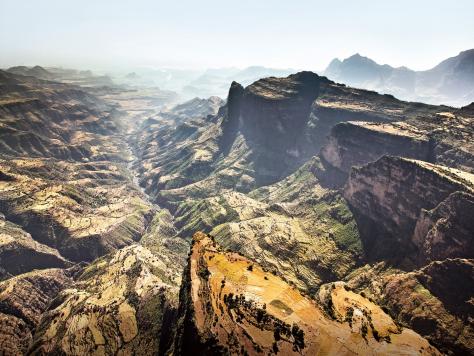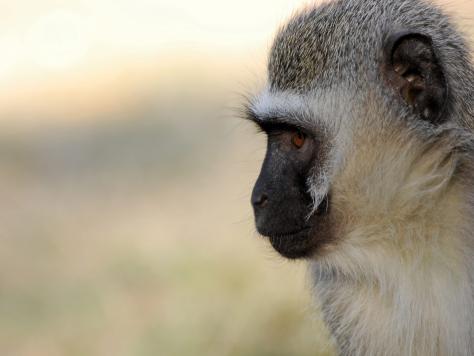Ethiopian Wolf
Ethiopia, Africa

Customized Activity
You are free to customize your itinerary exactly the way you want. Choose transport, hotel & sightseeing as per your desires.
Includes
Meals
Transport
Pick-up & Drop
Activities
Accomodation
About The Attraction
Most members of the Canidae family, such as wolves, dogs and foxes, are versatile and opportunistic animals, thriving in many habitats and some even living in urban and suburban settings. In contrast, Ethiopian wolves are highly specialised to life in the Ethiopian highlands. Also called the “Roof of Africa”, it encompasses 80% of Africa’s land above 3,000m. They are remarkable rodent hunters, with long muzzles and slender legs. Their tight social bonds help them protect their precious family territories from competitors. For a canid of their size (about 14-20kg - the weight of a medium-sized dog), Ethiopian wolves are unique at surviving on small prey (most highland rodent species weigh less than 100g) and are solitary foragers. With their striking red coats and black and white markings, they appear physically distant from their closest relative, the grey wolf.These qualities made them successful colonisers of an expanding ecosystem as the African glaciers retreated during the end of the last ice age, but paradoxically have contributed to their demise.Due to a warming continent, in the last 100,000 years the tree line has gone up by 1,000m encroaching on open Afroalpine grasslands and meadows. Due to the pressure of humans, livestock and domestic dogs, the wolves are now restricted to tiny mountain pockets on either side of the Great Rift Valley and are constantly being pushed up the slopes. Although they were never particularly common, today there are fewer than 500 adult wolves in the mountains of Bale, Arsi, Simien and Wollo, over half of whom are harboured within the Bale Mountains National Park. This makes them Africa’s rarest, and most threatened carnivore species. As an indication this is 10 times fewer than African wild dogs and fifty times rarer than lions.But there is hope. The Ethiopian Wolf Conservation Programme and its Ethiopian partners continue to put all their strength into fighting the wolves’ various challenges through awareness, education and science-led approaches to disease and population management.Best Time
- Round_the_Year

